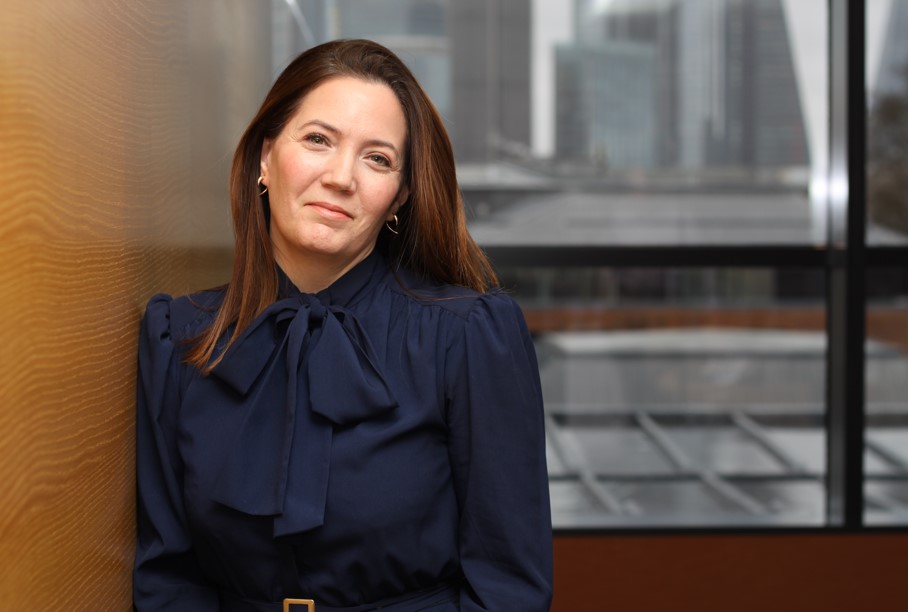The EU's Competition Directorate is moving to the next phase of its enquiry into the use of coinsurance in the Lloyd's and London markets, expressing its concerns over the ability of the following market to compete under the current rules. Jon Guy asks what changes are likely and what they will mean for the market.
When the global financial crisis was at its peak the subscription market model was touted as the answer to many a corporate fear. Here was an insurance system where risk was shared across a range of carriers, as fears remained that, as the banks collapsed and the world's biggest insurer was given billions in US federal support, the insurance industry would surely see casualties. The avoidance of having all of one's eggs in a single basket made the subscription or coinsurance market a very attractive proposition.
Behind the scenes, however, since 2005 the European Commission's Competition Directorate has harboured its own interest in coinsurance -- specifically its impact on the realistic capacity for competition among participating underwriters. And since Lloyd's and London are the biggest subscription markets, the enquiry was focused very much there. The directorate produced a report on its initial findings in September 2007 and identified some areas of concern, in particular in terms of certain practices which have been engrained in the market.
The London market has a reputation for underwriting major risks and the growing size of such risks mean that there would be few underwriters with the underwriting capacity to assume the entire risk, therefore those in the subscription market say the system enables underwriters to cover risk which otherwise would be uninsurable due to the potential size of the exposure. The leader - or the underwriter with the biggest share of the risk - will often set the price of the risk and the terms and conditions which would be included in the policy document with the following market - the other participating insurers - expected to do just that.
One of the issues picked up by the enquiry was the "best terms and conditions clause" which in effect meant that, should any of the following market secure a higher rate for their share of the risk and/or more favourable terms and conditions, the lead underwriter automatically gets the same treatment.
The Directorate has expressed concern that as things stood there was "an absence of the ability for the following market to compete".
It was blunt in as much as it invited the market to make changes or face mandatory requirements.
The enquiry continues, and the coming months will be question time for risk managers and insurance buyers as they get quizzed for their views on the benefits of the subscription or coinsurance market and whether they feel they get the best in terms of price and coverage from the system.
There is little doubt that the market has reacted to those initial findings. Brokers working with the European intermediary body BIPAR (the European Federation of Insurance Intermediaries), came up with a set of high level principles aimed to drive greater clarity. The principles are not revolutionary, ensuring the client is given a full explanation of how the coinsurance market works and also the structures that are available to the client in building his risk programme. Point four, however, expressly states that if any of the following market requires a higher premium than that set "the intermediary should not accept any condition whereby an insurer seeks to reserve to itself the right to increase the premium charged in such circumstances".
Lloyd's moved swiftly to outlaw such best terms and conditions clauses and the BIPAR rules have effectively ended the practice. But there is a collective recognition that there is still more to be done if the market is to appease the Competition Directorate in terms of the way business is carried out.
Geoff Bromley, vice-chairman of Aon Benfield International commented: "Our main objective has always been and remains to best meet the particular needs of a client. In some cases, this means obtaining the lowest possible clearing price with any market that meets their security requirements. "For others, there may be a trade off between price and level of security desired and the preparedness to pay a little more for higher rated security. There are many permutations and solutions should always be tailor-made to best fit the particular objectives of a client."
They believe the subscription market continues to have a major role in the global marketplace. "Concentration of risk became far more topical given the global financial crises and, to an extent, the subscription market's attractiveness was somewhat enhanced as a result," he explained.
"The European Union's Competition Directorate 2007 Report into the insurance and reinsurance markets will increasingly influence how business is placed so as to ensure appropriate levels of competition are maintained. This has particular relevance to the subscription marketplace. Already, as a result, we have seen the so-called "Best Terms & Conditions" warranties, which were a very common feature of the market, become a thing of the past as they were viewed as clearly against the main tenets of the competition law. There is little doubt that other changes to process and procedures will also be required in the broader subscription market to ensure compliance with competition rules."
Bromley said he had no doubt that the subscription market would endure but warned that brokers and carriers alike will, however, need to ensure they have processes and procedures in place to avoid any of the uncompetitive elements of the subscription process identified by the European Competition Department.
Underwriters have said they are fully supportive of any moves to enhance transparency and increased competition in the market, but point to brokers as the drivers of the process.
"The broker controls the markets. If the risk is attractive then there will be an over subscription of potential capacity and how does the broker make that choice on behalf of their client other than on price and terms," commented one.
Lloyd's Director, and General Counsel, Sean McGovern said Lloyd's has met the Commission to explain the "highly competitive nature of the Lloyd's and London insurance market and how subscription market risks from all over the world are placed in the market", adding: "The operation and practice of subscription placement has developed and evolved over 300 years to meet policyholder demand. Its benefits include:
•allowing a fiercely competitive quote stage to be undertaken to seek out the best price for the best terms, conditions and security available;
•allowing risks to be spread over a large number of insurers quickly and efficiently;
•allowing existing and new insurers to participate in a much wider range of business than they otherwise might, thereby stimulating competition and innovation and reducing volatility."
In terms of the potential for future changes McGovern added that underwriters "are ready and willing" to give careful, independent consideration to whatever placement proposals are made by brokers.
Buyers are now set to be served with the questionnaire which many in the market believe will focus on just how much discussion there is between broker and client on how the risk is offered to the underwriters and how the broker believes the risk programme should best be constructed.
Insiders say much will hinge on the response from the buyers and if the Competition Directorate does not get the assurances they require from the buyers that they are happy with the services they obtain, there will be a more prescriptive approach and the coinsurance market will see some sizable change.
Printed Copy:
Would you also like to receive CIR Magazine in print?
Data Use:
We will also send you our free daily email newsletters and other relevant communications, which you can opt out of at any time. Thank you.











YOU MIGHT ALSO LIKE